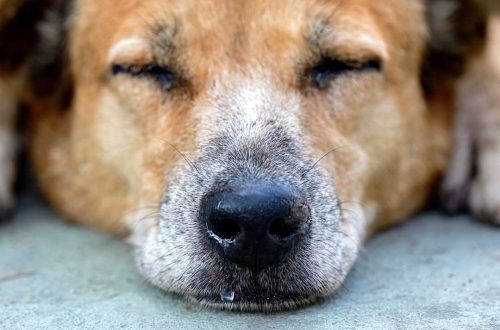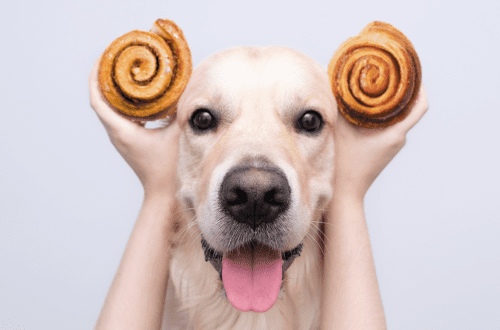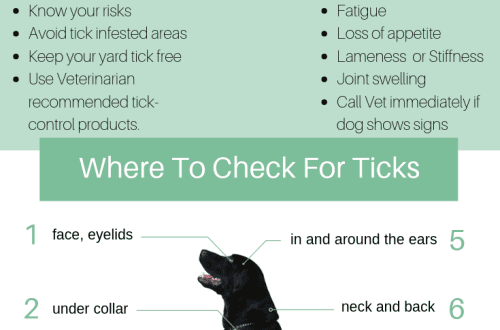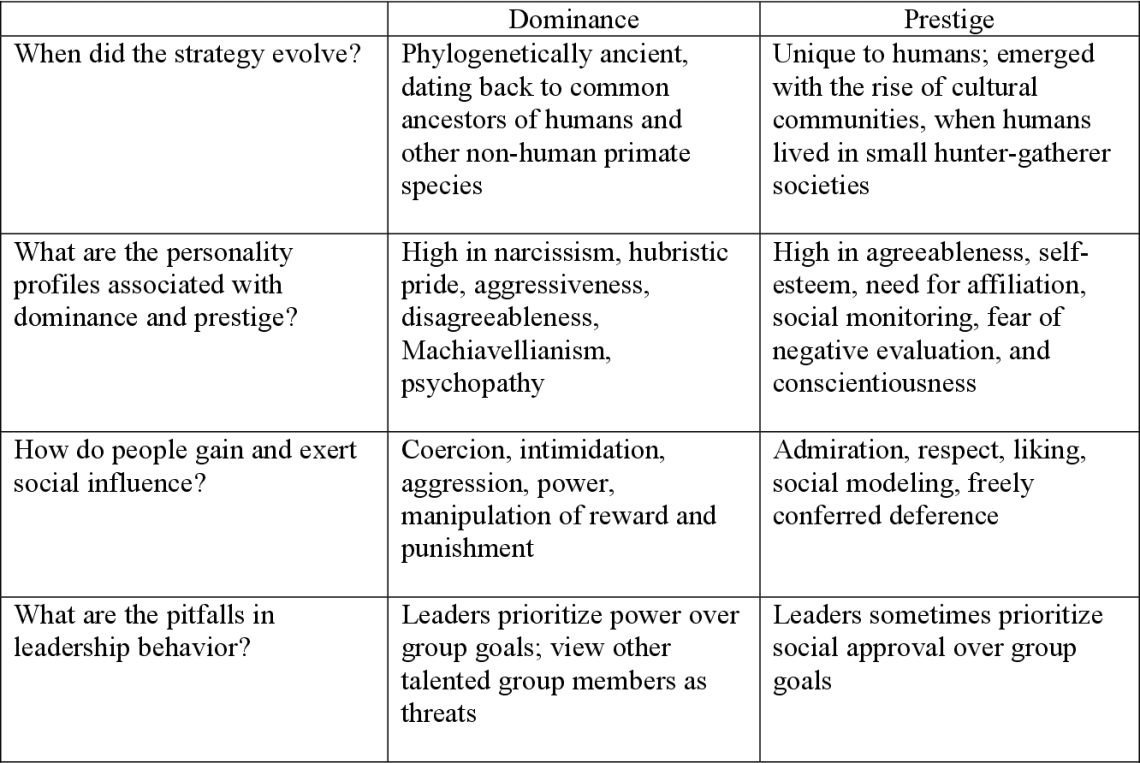
What influences hierarchical status and dominance
Scientists have long determined that domination – not a characteristic of a person, but a characteristic of a relationship. That is, there are no exclusively “dominant” dogs. BUT hierarchical status – thing is flexible. What influences hierarchical status and dominance in dogs?
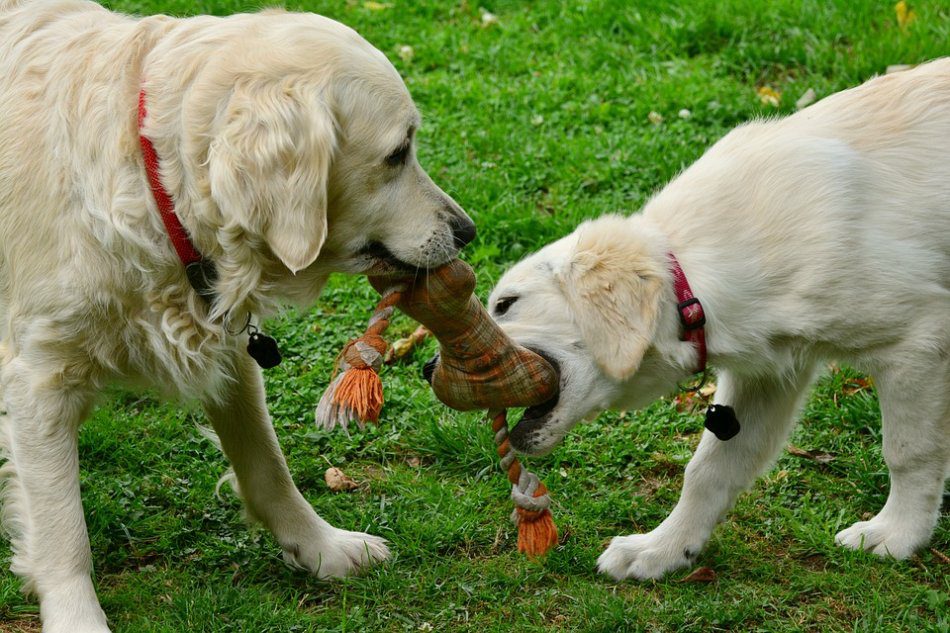
Photo: pixabay.com
6 factors that affect hierarchical status and dominance in dogs
Hierarchical status may depend on the subject of competition, that is, on the motivation of the animal. However, apart from the specific item for which the animals compete, we can say that several factors influence the hierarchical status and dominance in the group:
- Floor. It is believed that in a group of dogs, a male is more likely to dominate a female than vice versa. However, there is such a thing as dominance inversion, which can change the balance of power.
- Fertility. If we take domestic dogs, then animals that can reproduce have a higher status than sterilized (castrated).
- Age. On the one hand, age is experience that provides additional opportunities to win. On the other hand, when the animal begins to age, it gradually gives way.
- Body mass. Of course, sometimes a smaller, but smarter dog “leads” a larger one, but more often than not, size matters.
- Previous wins (there is a great chance that the rest will concede “without a fight”).
- Length of stay in a particular place or group. Old-timers or animals that were born in this group, as a rule, it is easier to “move” up the hierarchical ladder.
There is a myth that if a person is the main dog, then he can affect their hierarchical status. This is not true. It is possible to influence the relationship partly by manipulating the above things (for example, by spaying one of the dogs), and partly by behavioral techniques, but you cannot “make” one dog “not look askance” at another.
A person can influence mainly his relationship with each dog individually and with all together.



